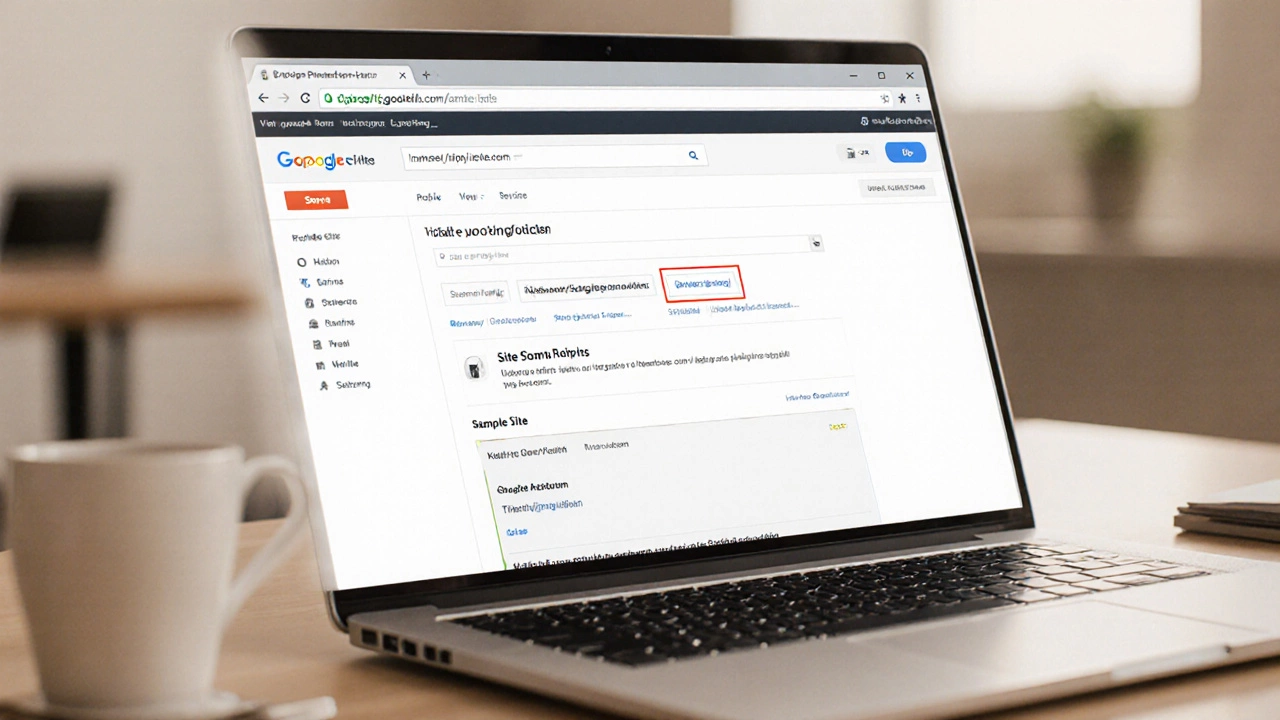Domain Mapping: Connect Your Blog to a Custom Domain
When working with Domain Mapping, the process of linking a blog or website to a custom domain name instead of a platform‑generated URL. Also known as custom domain setup, it lets you replace a generic address like yourblog.wordpress.com with yourname.com. This shift not only looks professional but also boosts brand recall. Below you’ll see how domain mapping fits into the larger web‑hosting ecosystem.
Key Pieces That Make Domain Mapping Work
To pull off domain mapping you need a few building blocks. The first is DNS Records, entries that tell the internet where to find your site’s server. Within DNS, the most common record for mapping is a CNAME, a type of alias that points your custom domain to the platform’s subdomain. Without a proper CNAME, visitors would still land on the old URL. Another crucial piece is an SSL Certificate, a security layer that encrypts data between the user’s browser and your site. When you map a domain, the SSL must cover the new address; otherwise browsers will show a “not secure” warning, hurting trust and SEO. Finally, reliable website hosting provides the server space where your content lives, and most hosting services offer tools to automate DNS and SSL setup. Together, these elements create a seamless experience: domain mapping enables custom URLs, DNS records direct traffic, CNAME points the alias, SSL secures the connection, and hosting serves the files.
Understanding domain mapping helps you control your online identity. It also influences search engine rankings because search bots treat a clean, secure domain as a sign of quality. When you configure the right DNS records and install a valid SSL, you reduce load times and avoid duplicate content issues that can arise from multiple URLs pointing to the same page. In short, a well‑done domain mapping strategy boosts branding, improves SEO, and builds user confidence.
Below, you’ll find articles that break down each step in detail. Whether you’re comparing free blogging platforms, picking the right CNAME record, or learning how to secure your site with SSL, the collection covers everything you need to map a domain effectively and start reaping the benefits for your Indian audience.
- Arjun Bhardwaj
- 18-10-25
- Website Creation
Google Sites Free Domain: Does It Include a Custom URL?
Learn if Google Sites provides a free custom domain, how its free subdomains work, and step‑by‑step ways to map your own domain for a professional URL.
Details